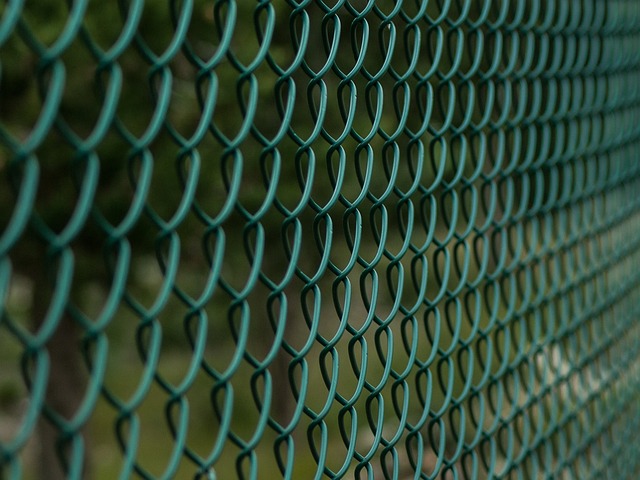DIY Fence Installation: A Comprehensive Guide for New Bedford Homeowners
Are you considering installing a fence in your New Bedford, Massachusetts yard? This comprehensive guide is designed to empower local homeowners with the knowledge needed for a successful DIY project. From selecting the perfect fence style to ensuring a robust and durable structure, we’ll navigate you through each step. Learn how to measure and plan effectively, choose high-quality materials, and master the installation process to create a beautiful and secure outdoor space that adds value to your home.
- Understanding Your Fence Options for New Bedford Yards
- Measuring and Planning: A Step-by-Step Guide
- Choosing the Right Materials for Durability
- Installation Tips to Ensure a Solid Fence Foundation
- Final Touches and Maintenance for Longevity
Understanding Your Fence Options for New Bedford Yards
When it comes to fencing your New Bedford, Massachusetts yard, there’s a plethora of options available to homeowners. From traditional wood pickets to modern vinyl or aluminum, each style offers unique benefits and considerations. Understanding the various types of fences suitable for New Bedford yards is essential for any DIY project. The climate plays a significant role; you’ll want materials that can withstand the area’s weather conditions, be it harsh winters or hot summers.
Additionally, local regulations and neighborhood associations may have guidelines on fence height, material, and design, so it’s crucial to check these restrictions before beginning your installation. Each fencing material has its advantages—wood offers a classic look but requires regular maintenance, while vinyl is low-maintenance but less flexible in terms of design. Exploring these options will help New Bedford homeowners make an informed decision that aligns with their preferences and needs.
Measuring and Planning: A Step-by-Step Guide
Before you begin installing your new fence, careful measuring and planning are essential. Start by identifying the perimeter of the area where you want the fence to go. Use a tape measure to take precise measurements, noting any changes in elevation or obstructions like trees or shrubs that might affect your fence’s path. Create a detailed plan, including the length and height requirements for each section of the fence.
Consider the type of fence you’re installing and mark out the positions of posts, ensuring they align with your measured dimensions. This step-by-step process will save you time and frustration later on, guaranteeing a straight and secure fence installation.
Choosing the Right Materials for Durability
When it comes to DIY fence installation, selecting the right materials is a top priority for New Bedford homeowners aiming for durability and longevity. Opting for high-quality wood or vinyl options ensures your fence can withstand the harsh New England climate, including unpredictable weather patterns. Look for treated wooden posts and rails that are resistant to rot and decay, which can significantly extend the life of your fence.
For a more low-maintenance approach, consider vinyl fencing, known for its durability and lack of painting or sealing requirements. These materials are also less susceptible to damage from pests and extreme temperatures. By carefully choosing materials tailored to New Bedford’s environmental conditions, homeowners can invest in a long-lasting fence that enhances their property’s value and provides years of protection.
Installation Tips to Ensure a Solid Fence Foundation
Before installing your fence, preparing the foundation is crucial. Start by clearing the area, removing any debris or existing vegetation that could interfere with the fence’s placement. Mark out the perimeter of your desired fence line using stakes and string to ensure accuracy. Dig holes for the posts, ensuring they are deep enough to provide stability—typically around one-third of the post’s height. The holes should be spaced according to the manufacturer’s instructions or local building codes. Backfilling with gravel or a suitable mixture will help drain excess water and reinforce the posts’ position. Allow proper compaction to create a solid base for your fence.
Additionally, consider using concrete to secure the posts in place. Pouring concrete foundations, also known as footings, around each post provides extra support, especially in areas prone to extreme weather or high ground water levels. Ensure you follow safety guidelines when working with tools and materials, and if any part of the process feels unclear, consult a professional for guidance.
Final Touches and Maintenance for Longevity
After completing the fence installation process, it’s crucial to add the final touches that will ensure its longevity. This includes tightening all screws and fasteners, ensuring gates swing smoothly and securely, and checking for any signs of damage or instability. A coat of high-quality sealant or paint can also protect the fence from the elements, enhancing its durability.
Regular maintenance is key to keeping your new fence in top condition. This involves routine inspections, cleaning to remove debris and dirt, and reapplying protective coatings as needed. Simple care practices like these will ensure your fence remains a functional and aesthetically pleasing addition to your New Bedford property for years to come.
